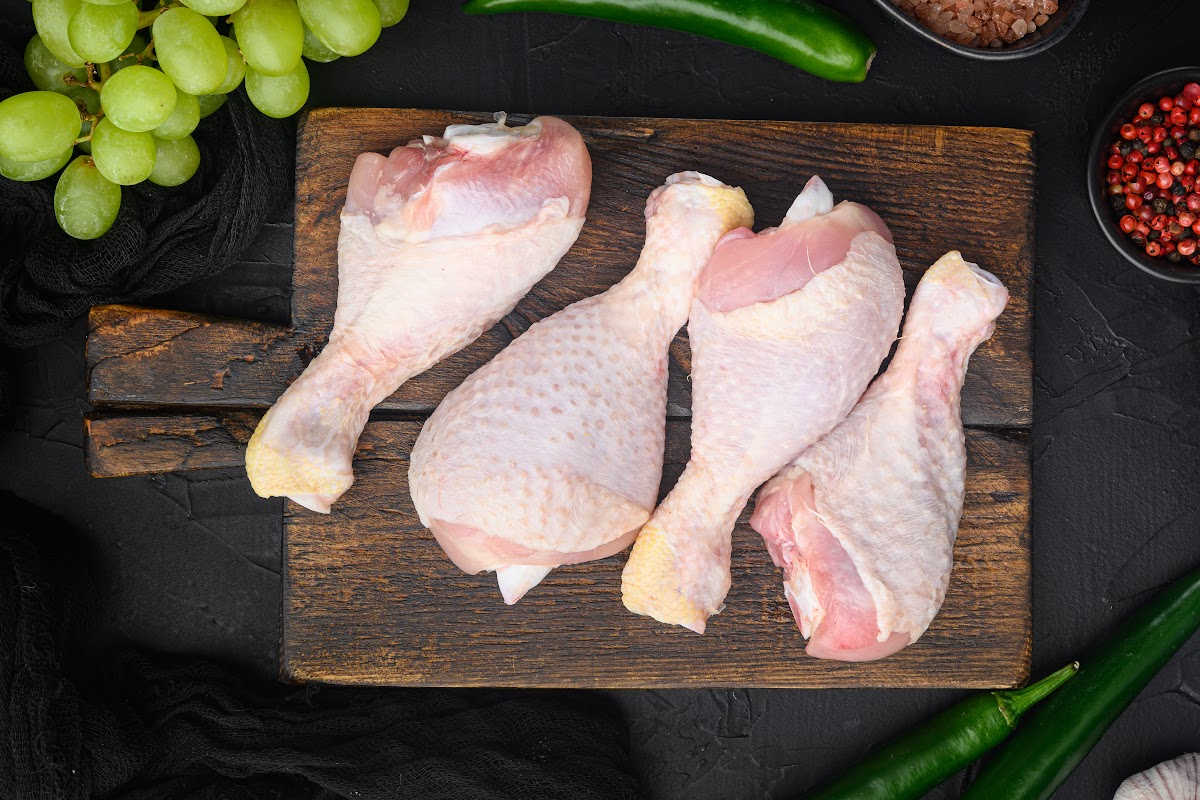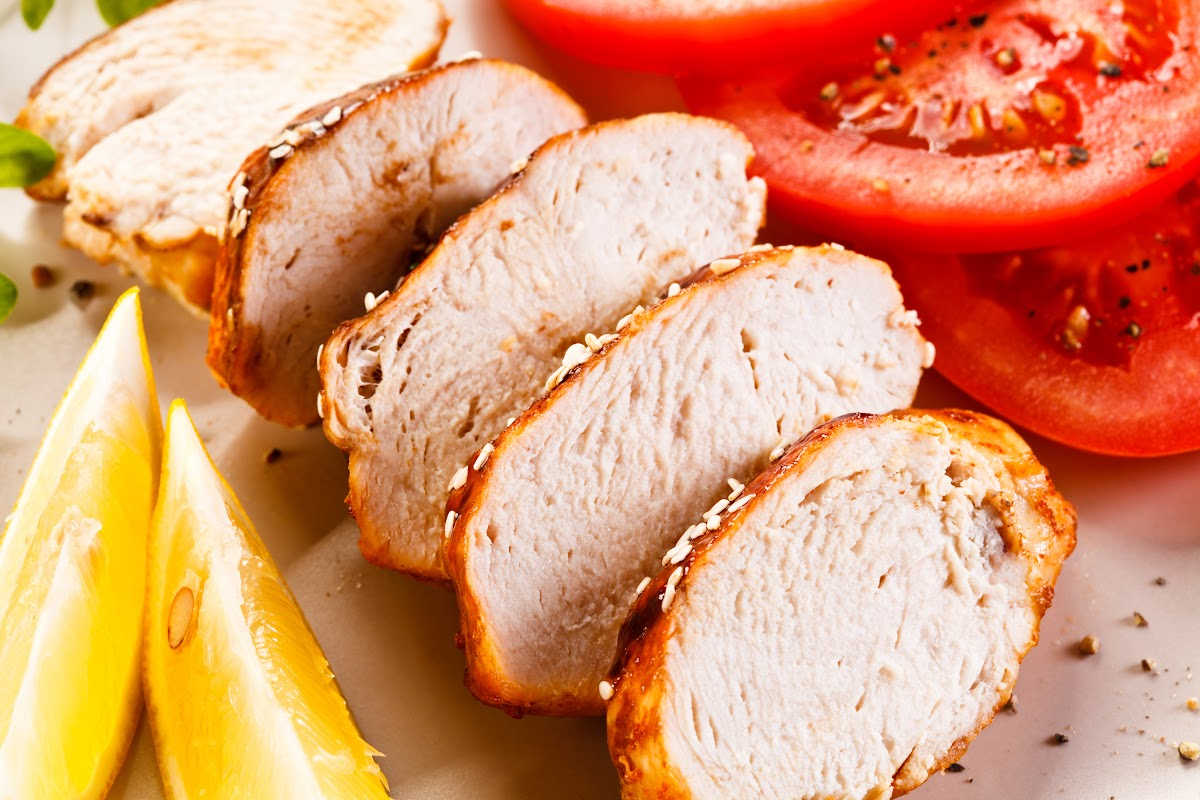You spend the entire day preparing and cooking the turkey. You may end up ready to serve hours before feast time and guests arrive. So, you’re left wondering how to keep a turkey warm.
Thanksgiving dinner is a staple in almost every household. Usually, the star of that dinner is a warm, juicy turkey that we are all craving. You’ve spent the entire month planning your menu, estimating how big of a turkey to cook and how long it will take, and making sure your guests will be thrilled and your table is exquisitely laid.
There are many ways to maintain the temperature of a turkey for a while. Let’s take a look at how to keep your turkey toasty and the factors that affect the process.
Ah the dilemma of the perfectly cooked turkey, ready hours before the hungry hordes arrive. Fear not, fellow feast-preparers, for this guide will equip you with the knowledge to keep your bird warm and succulent until the moment of culinary glory.
Keeping Your Turkey Toasty: A Tale of Two Methods
1 The Oven Method:
- The Basics: This method is ideal for keeping your turkey warm for up to 2 hours. Set your oven to its lowest temperature setting, usually around 170°F (77°C). Place the turkey on a wire rack set over a baking sheet to prevent the bottom from getting soggy.
- Pro Tip: Cover the turkey loosely with foil to retain moisture and prevent drying. Check the temperature periodically to ensure it stays within the safe zone of 140°F (60°C) or above.
2. The Resting Method:
- The Basics: This method is best for shorter holding times, up to 1 hour. Remove the turkey from the oven and let it rest on a cutting board or platter, tented loosely with foil. The residual heat will keep the turkey warm while allowing it to reabsorb its juices.
- Pro Tip: For extra insulation, wrap the turkey in a clean kitchen towel before covering it with foil. This will help maintain a consistent temperature and prevent the skin from drying out.
Bonus Tips for a Perfectly Warm Turkey:
- Carving It Up: If your turkey is large, consider carving it into smaller pieces before holding it warm. This will allow the heat to penetrate more evenly and prevent the meat from drying out.
- Basting is Bliss: Baste the turkey with pan juices or melted butter before resting or holding it warm. This will add extra flavor and moisture, keeping the meat succulent.
- Temperature is Key: Use a meat thermometer to ensure the turkey’s internal temperature remains above 140°F (60°C) throughout the holding period. This is crucial for food safety and maintaining optimal taste.
A Final Note: Time is of the Essence
While these methods can keep your turkey warm for a reasonable amount of time, remember that the longer it sits, the greater the chance of drying out or developing unsafe temperatures. Plan your cooking time accordingly to minimize the holding period and ensure a delicious, juicy turkey for your guests.
Additional Resources:
- USDA Food Safety Guidelines: https://www.fsis.usda.gov/food-safety/safe-food-handling-and-preparation/food-safety-basics/turkey-food-safety
- Tips for Keeping a Turkey Warm: https://www.allrecipes.com/article/how-to-keep-a-turkey-warm/
With these tips and a little planning, your turkey will be the star of the show, arriving at the table warm, juicy, and ready to be devoured Bon appétit!
Factors That Affect How Long a Turkey Stays Warm
There are so many variables to take into account when cooking a turkey and keeping it warm.
Before Thanksgiving, one of the biggest debates is what size turkey to buy. Naturally, you want one that’s big enough to feed everyone. However, larger turkeys take a lot longer to cook all the way through.
The size of the turkey can also affect how well it can hold on to temperature. The longer your turkey takes to cook, the longer it will stay warm afterwards.
This is because the bird spends more time accumulating heat at its center. Once you stop cooking, the residual heat can keep the turkey warm for hours.

Traditionally, when you cook a turkey, you cook it whole. This allows you to trap the juices inside the bird to keep it as moist as possible.
However, cooking the entire bird at once may be too much of a hassle. For this reason, people opt to cook turkey thighs or breasts separately.
Cooking pieces cuts down on cooking time significantly, but it also means your turkey will cool down faster.
Because there is less residual heat, the cooked turkey won’t be able to maintain its temperature for as long without assistance.
The Method of Cooking
Another factor that plays a major role in turkey temperature is the cooking method. Depending on how you cook the bird, it’ll cool down at different rates.
This is because each cooking method uses a slightly different temperature.
- Roasting: 350°F
- Deep frying: 320°F
- Smoking: 140°F
- Sous vide: 152°F
It goes without saying that cooking your bird at a higher temperature will enable it to maintain its warmth for an extended period of time. That’s due to the turkey storing more heat energy while it cooks. However, this may lead to your bird drying out. So, don’t use more heat than required for a particular cooking method.
We celebrate Thanksgiving on the fourth Thursday in November. For many people, this kicks off the holiday season.
However, as the holidays roll in, so does winter. This is about the time when everything starts to get colder.
Unless you eat it outside in the cool or you live in the warm south, this won’t be a big deal. The rate at which the turkey cools down will depend on the temperature of your home, but most people keep their homes at about 70°F.

Finally, post-cooking time is the most important factor in keeping a turkey warm. So how long does the turkey sit around before its carving time?.
Generally, you want to let your turkey rest after cooking. This allows for all the juices to resettle throughout the bird. About 15-30 minutes should do the trick. During this time, the turkey holds on to most of the heat inside it.
At this point, the turkey is moist, soft, and ready for carving.
Following that, the turkey begins to cool down, and after a few hours, it reaches room temperature.
It’s important to note that, as a matter of safety, you shouldn’t let your turkey sit for too long out of a refrigerator. Letting the bird spend more than two hours at room temperature can be hazardous. That’s when microorganisms can start growing.
How to Keep Turkey Warm
FAQ
How do you keep a turkey warm for several hours?
Can I cook a turkey early and keep it warm?
How long can turkey rest after cooking?
What to do if turkey is done 2 hours early?
